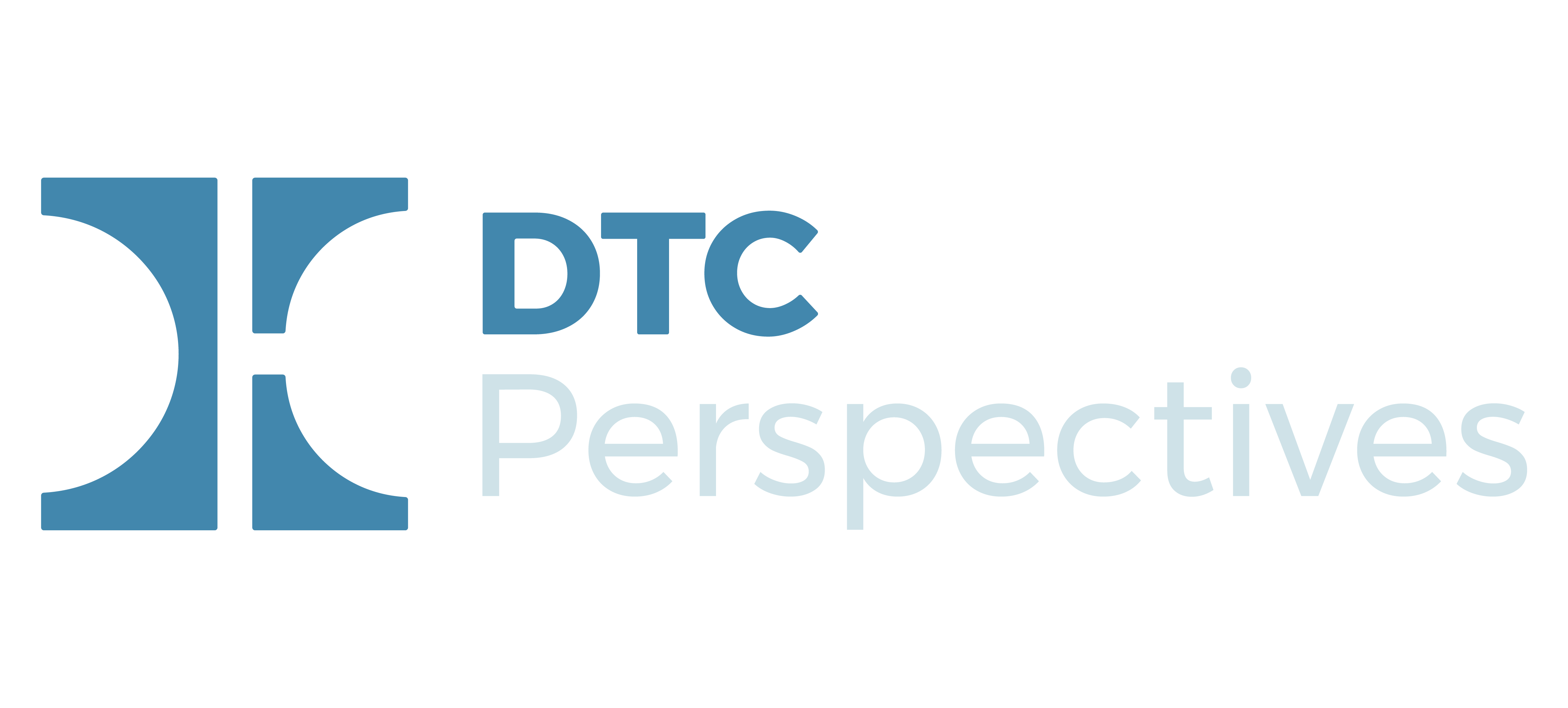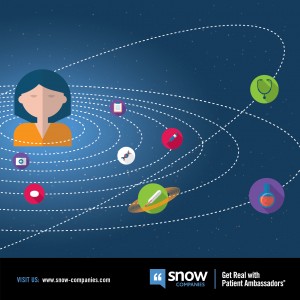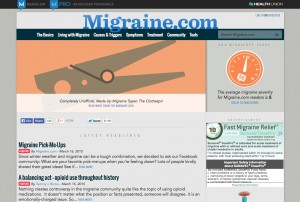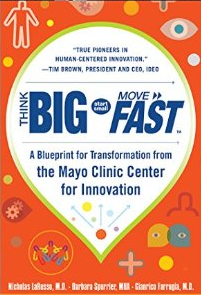The goal of any support program should answer this question: What factors must we use in the program that will instill patient confidence in our product – and by default our company? Trust is built by a series of actions and those actions speak volumes more than any words or discount prices ever can! A recent article in eMarketer reported seniors do not trust pharmaceutical company sites and prefer WebMD more. In this work, companies need to be brave and work harder to deliver a better “patient experience,” while a patient is “on the product.”
A situational review
- Patients do not want a relationship with a product; they want an “experience.”
- Federal regulations tend to inhibit innovation in these pharmaceutical support programs.
- The pharma industry’s patient support programs, in terms of the information they provide, are not valued as they once were. So many other avenues are available, and considered more trustworthy, to patients to get information, including the Internet and patient advocate groups. Maybe it is time to give Regulatory and the other legal protectors some new assignments.
- Competitive pricing could force excellent programs to be marginalized and undifferentiated (i.e. Gilead and Abbvie in hepatitis C).
- Patient Engagement is the hot new topic. Not only is pharma trying to come up with a viable, profitable formula for PE, but the Accountable Care Act is forcing many ACOs, integrated delivery networks, and other health care delivery system to tackle this issue as well. With so many different health care systems putting their unique spin to the issue, other questions arise: what works, what does not, how to separate the good from the bad? Think mobile app development.
- The industry has examples of good and bad pilots. When programs scale to larger patient populations, they lose their patient focus. Outside of specialty drugs, physicians will choose DTC efforts over patient support programs as a factor influencing prescription recommendations.
The first problem is inherent in the program itself: Not all are ground in proven theoretical based methodologies that assist with a patient’s needs. In our opinion, the way to connect and engage is remove the current program silos. Commercial organizations need to consolidate approaches, converge vendors, look to execute more than innovate, and, most importantly, measure and value engagement as much as they do reach and lead generation efforts. Senior leadership should consider looking at the total spend as many fail to ask if all those dollars being spent can be focused more effectively to deliver better program execution.
It has been done before
We frequently mention the work! Biogen Idec demonstrated this with its MS drugs (Avonex & Tysabri) in the in the late 90’s to early 2000’s. Its focus was execution excellence and customer support. The call center and customer relationship management approach acted as the quarterback of its patient focused efforts. Its current website says it handles 800,000 calls a year.
Patients wanted to know about what to expect on therapy, they wanted to know what side effects they would experience, especially with Tysbari’s known side effect, Progressive Multifocal Leukoencephalopathy ( PML). Because of the regulatory requirements, the company embraced this as an opportunity, not a burden, to disclose potential side effects. Moreover, in 2002, Biogen had to take these issues head on because of other products in the market and the high visible media reports on PML.
Back then, management felt it important to have an employee assigned to each patient or caregiver as the single point of contact and relationship steward. This required consolidation and coordination with the ad agency, PAP, HUB, Co-Pay Card, Reimbursement and Benefits investigation, specialty pharmacy and technology.
It’s not a stretch to say that, 13 years later, this plan is still literally paying off: To quote a recent Motley Fool: “Biogen Idec's MS drugs include the billion-dollar blockbuster drugs Avonex, Tysabri, and Tecfidera, as well as the company's newly launched Plegridy … Sales of Biogen Idec's MS drugs increased 47% to $7.93 billion, and its total sales increased 40% to $9.7 billion last year.”
In conclusion, keep in mind these points:
- Doing this right with patients will produce the brand’s best product advocates.
- Switch the metric quantified! Measure and reward commercial and medical teams on the number of patients who get better on the therapy as a result of the product and support; not on how many new patient starts were achieved in the past week. Measure engagement, get engagement is what produces real results!
- “What have you done to help a patient on our product today?” should be stuck on a post-it on every employee’s computer, laptop and iPad.
If the product works, produces outcomes, and patients can easily access information they want, this will help them. They will get started on therapy and realize the value of staying on therapy for the long term. Consider who saved Tysabri from a market recall.









 The business rationale is obvious. Healthcare is a growth sector with enormous inefficiencies. What’s there not to like about it if you’re an entrepreneur or an investor? Digital health is one of the fastest growing segments for investor dollars. By mid-2014, $2.4 billion had already been invested in digital health, more than in all of 2013. The typical reticence by investors to taking positions in startup healthcare companies has evaporated. According to Rock Health, there are at least eleven late-stage venture-backed health companies ready to IPO, which will bring in a flush of new public money to fund additional growth among these health tech firms. With market momentum shifting to consumer health technology and its ecosystem of venture capital and investment banks, is there still a role for pharma? How are these changes in consumer health technology impacting the physician’s office?
The business rationale is obvious. Healthcare is a growth sector with enormous inefficiencies. What’s there not to like about it if you’re an entrepreneur or an investor? Digital health is one of the fastest growing segments for investor dollars. By mid-2014, $2.4 billion had already been invested in digital health, more than in all of 2013. The typical reticence by investors to taking positions in startup healthcare companies has evaporated. According to Rock Health, there are at least eleven late-stage venture-backed health companies ready to IPO, which will bring in a flush of new public money to fund additional growth among these health tech firms. With market momentum shifting to consumer health technology and its ecosystem of venture capital and investment banks, is there still a role for pharma? How are these changes in consumer health technology impacting the physician’s office? Digital health tools can support a range of use cases, from wellness (weight loss, exercise, behavior change, education, tracking) to elite athlete performance management (sports, exercise, rehabilitation, nutrition) to clinical (remote patient monitoring, post-discharge tracking of key clinical markers, and titration monitoring).
Digital health tools can support a range of use cases, from wellness (weight loss, exercise, behavior change, education, tracking) to elite athlete performance management (sports, exercise, rehabilitation, nutrition) to clinical (remote patient monitoring, post-discharge tracking of key clinical markers, and titration monitoring).